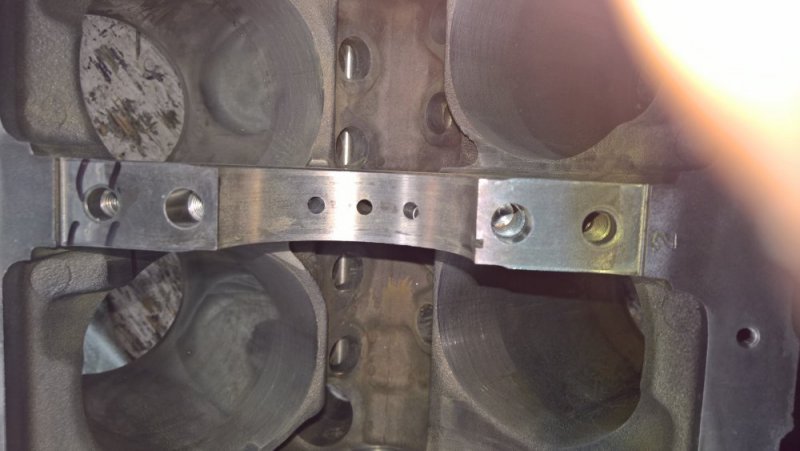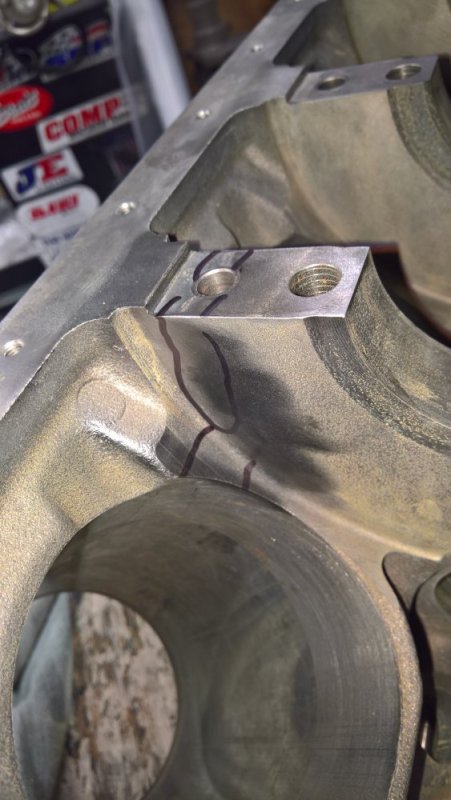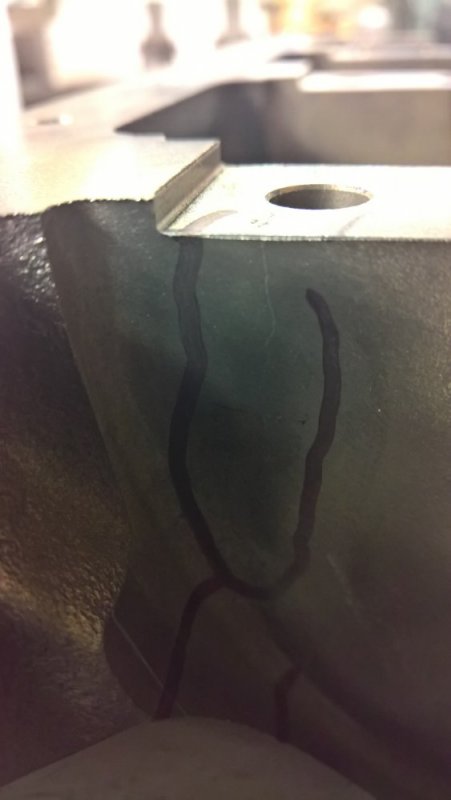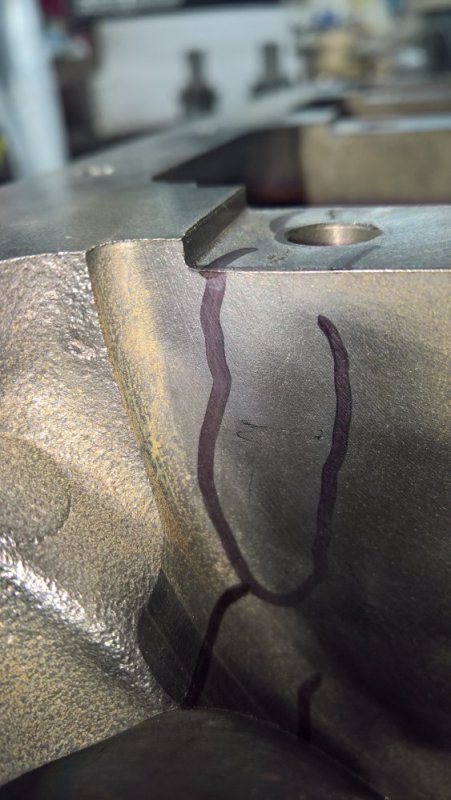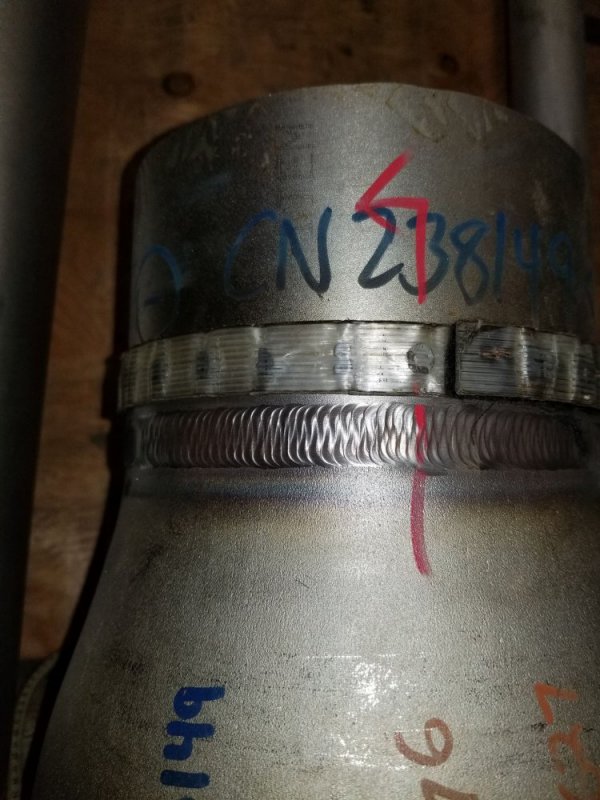JayTheCPA
Well-Known Member
Populated by knowledgeable grown ups. At least mostly...;-)
Yeah, I refuse to grow up!
. . . balancing is definitely in the checklist. Got a spare flywheel in case he can't balance with a fluidampr.
Must balance *without* the fludampr and then install it after the crank is balanced. Reasoning is that the fluidampr will mask the imbalances. So, balance with a regular damper and then install the dynamic. And as Will mentioned, that is if the crank needs balancing anyway.

